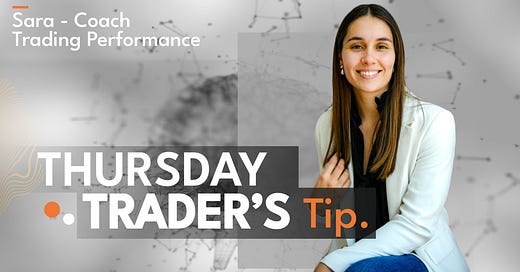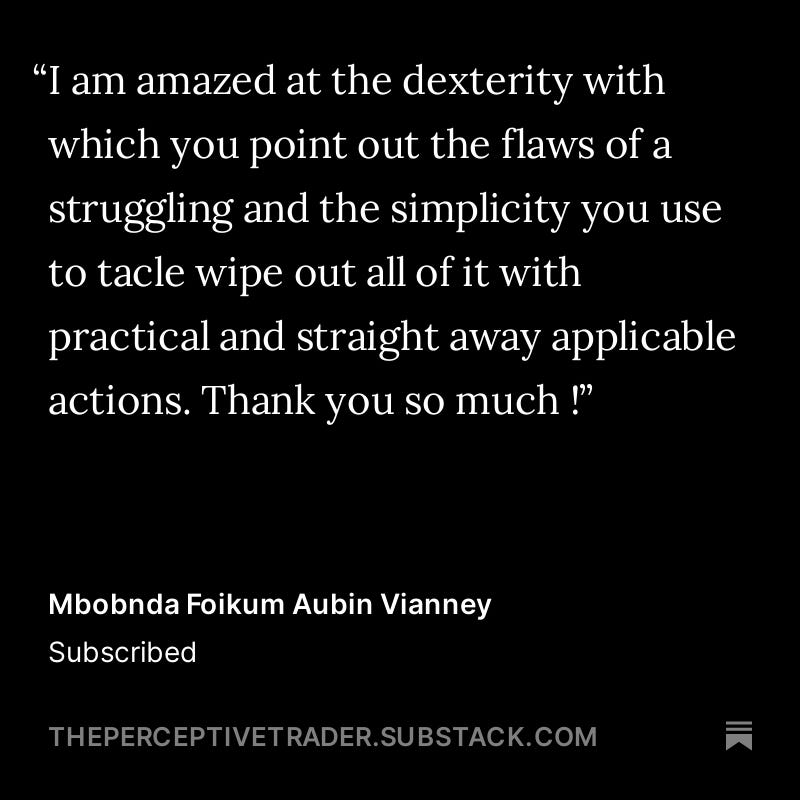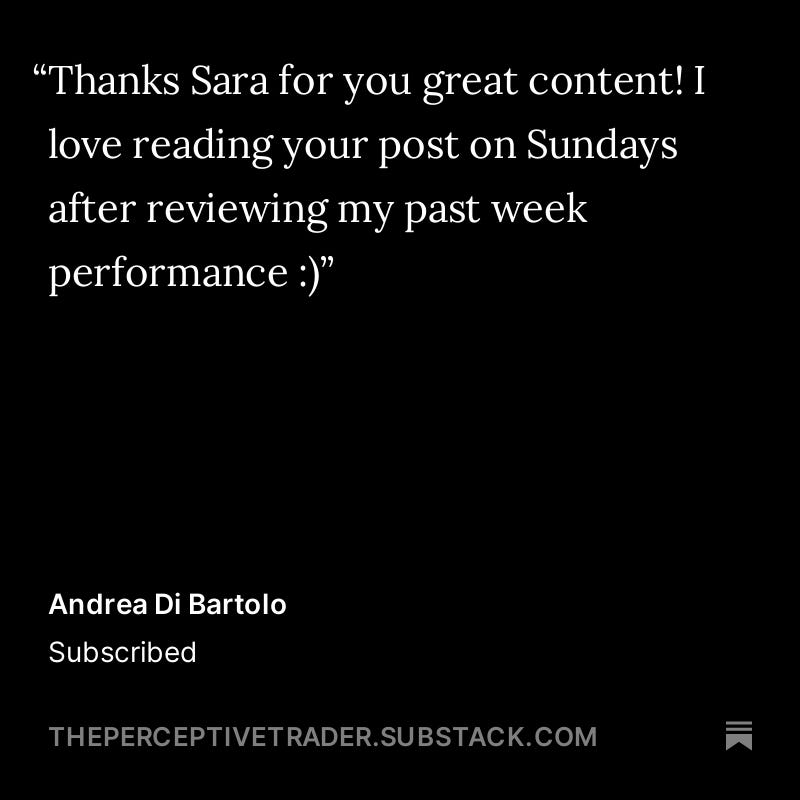The One Skill That Separates Good Traders from Elite
The Thursday Trader's Tip edition offers to-the-point trading performance advice that can be read under 5 minutes.
On Saturday, April 26, I’m hosting a live session on a topic many traders don’t get support with:
Unlearning the mind programs holding back your trading success.
If you’ve ever felt stuck, repeating mistakes you know how to avoid—this is for you.
It’s a paid-subscriber-only webinar. I’d love to see you there. Click here to save your spot.
One trait I see in highly profitable traders?
Flexibility.
They don’t treat rules as rigid laws—they see them as guardrails. They know when to bend them, when to trust their intuition, and when structure is helping or holding them back.
This applies to the mental side too—knowing when to play offense, and when to preserve your capital more conservatively.
That adaptability is the foundation of elite-level execution.
When the Market Shifts, So Must You
In working with traders, I’ve seen that what works in certain phases doesn’t always work forever. What got you here may not get you there.
The last two weeks were a clear example of that.
With volatility driven by Trump’s proposed tariffs and global tension, many solid strategies started breaking down.
Trades that used to work were producing unpredictable results. My clients experienced this, and I did too.
This is where many traders struggle—they’ve worked so hard to build their system and the discipline to follow it that now they’re afraid to let go of it.
So we see two typical scenarios:
Traders clinging tighter to their plan, hoping it “comes back”
Or abandoning it completely and jump between strategies
Neither approach works.
The real issue? They don’t know how to adapt intentionally.
What Does Flexible Execution Looks Like?
The key is building flexibility into your execution. That means:
Reading current market behavior
Making temporary, low-risk adjustments
Continuing to track and review the effects
For example, a client of mine had a put option go from +15% to -80% in a single session last Wednesday, after the market spiked on the Trump tariff news.
He acted quickly, closed the trade, reassessed. What protected him? Smaller size. After the event, he concluded one thing:
“In this kind of market, I’m managing one trade at a time until conditions stabilize.”
That’s flexible execution. Not random nor reactive. Just smart, context-aware decision-making.
This doesn’t mean he’ll use this rule forever, but in the face of highly volatile conditions, this was the way he decided to adapt.
One Action Step for You
Ask yourself:
“What’s one small adjustment I can make this week to reduce pressure—without compromising my edge?”
Maybe it’s lowering size. Maybe it’s focusing on one setup instead of three. Maybe it’s exiting trades faster in faster-moving conditions.
Make the adjustment. Track the outcome. Stay in the driver’s seat.
I will explore the topic of flexibility (mental, strategic, emotional) in light of the latest market conditions in my next paid post.
If you want guidance on how to adapt smartly, I share the exact tools I use with clients to help them trade with flexibility and confidence in the paid version of The High-Performing Trader.
Peaceful trading,
Sara
P.S. I’ll also touch base on this topic in the upcoming webinar. Register here.
Paid Subscriber Notes
Related Reads:











Your dept of insight amaze me, like you’ve been through it all. I need your advice cause I’m experiencing this situation right now. My strategy gives me atleast 2-3 opportunities in a week but last week I noticed my set up played out in Asian sessions and I only trade London and New York, 2ndly i didn’t get any set up last week in London and newyork session which i started noticing my frustration rise but my question to you is, is it a time to be patient or a time to adapt ?
In current market conditions, I believe a price-action-based strategy is the one that best adapts to changing environments.